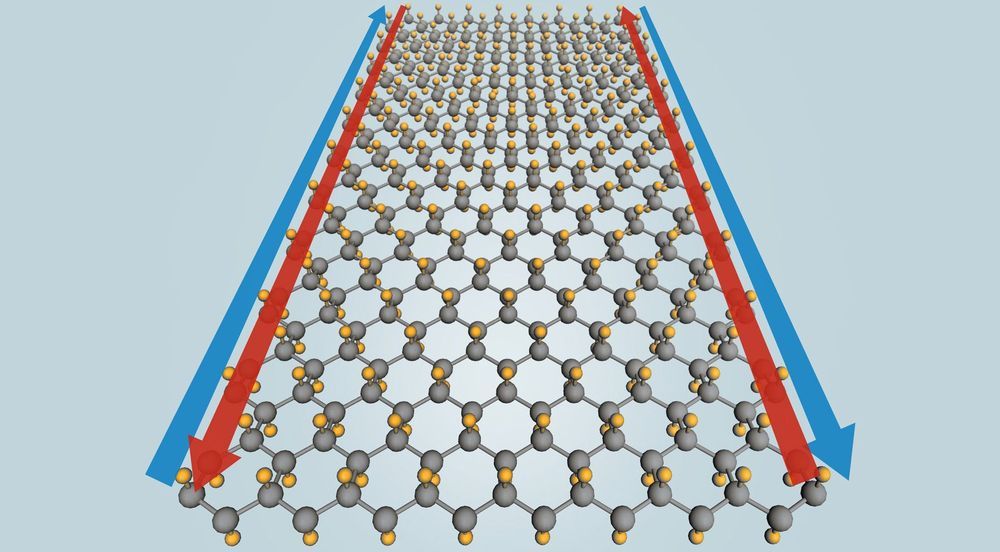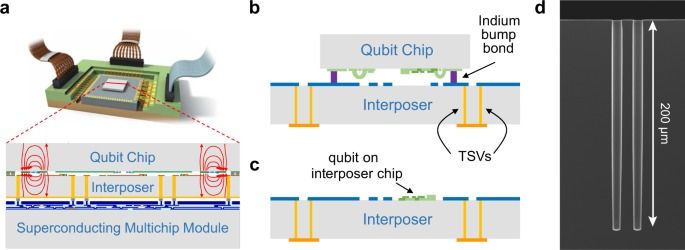Scientists have re-investigated a sixty-year-old idea by an American physicist and provided new insights into the quantum world.
The research, which took seven years to complete, could lead to improved spectroscopic techniques, laser techniques, interferometric high-precision measurements and atomic beam applications.
Quantum physics is the study of everything around us at the atomic level, atoms, electrons and particles. Atoms and electrons which are so small, one billion placed side by side could fit within a centimeter. Because of the way atoms and electrons behave, scientists describe their behavior as like waves.







